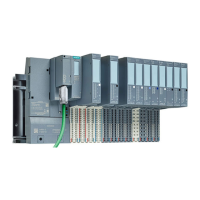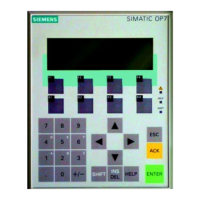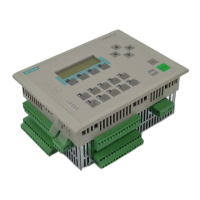Supplementary information
18.8 Basics and terminology of fault-tolerant communication
CPU 410 Process Automation/CPU 410 SMART
System Manual, 05/2017, A5E31622160-AC
321
Terminating a communication connection
● Use with TCP and ISO on TCP
FB 66 "TDISCON" disconnects the communication connection between the CPU and a
communication partner.
● Use with UDP
FB 66 "TDISCON" disconnects the local communication access point. This means that
the connection between the user program and communication layer of the operating
system is terminated.
Options for terminating the communication connection
The following events are available for terminating communication connections:
● You program the termination of the communication connection with FB 66 "TDISCON".
● The CPU state changes from RUN to STOP.
● At POWER OFF / POWER ON
Response in the fault-tolerance system
All connections are terminated when the entire fault-tolerance system switches to STOP. If
one CPU in the system is stopped, that CPU's connections are canceled but retained by the
fault-tolerant system. Connection establishment with FB 66 "TDISCON" for connections
available in the system runs asynchronously to program processing (status
7001,7002..7002, 0).
In Step 7, you can read detailed information on the configured connections by selecting
"Module state -> Communication -> Open communication over Industrial Ethernet".
For detailed information on the blocks described above, refer to the
STEP 7 Online Help.
Basics and terminology of fault-tolerant communication
Overview
When more stringent requirements for overall plant availability exist, it is necessary to
increase the reliability of the communication, i.e., by configuring the communication
redundantly as well.
Below you will find an overview of the fundamentals and basic concepts which you ought to
know with regard to using fault-tolerant communications.

